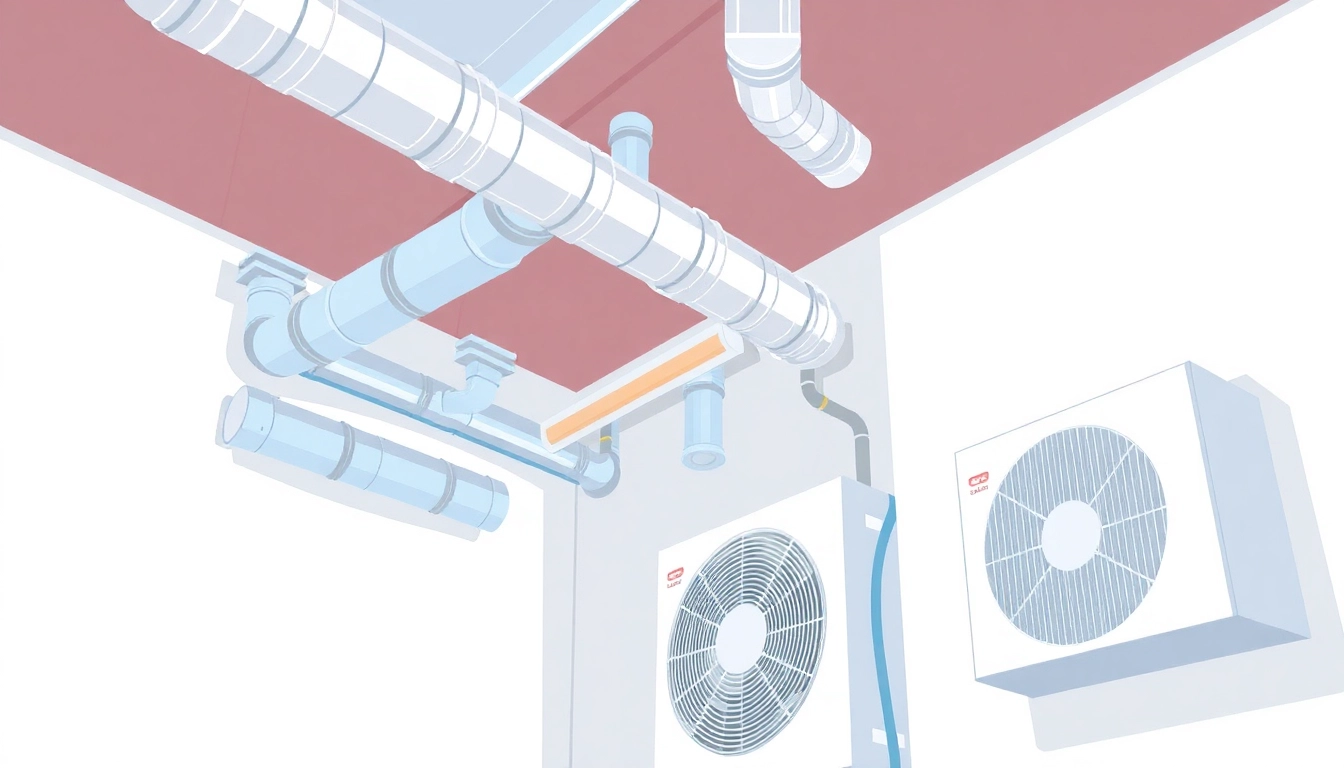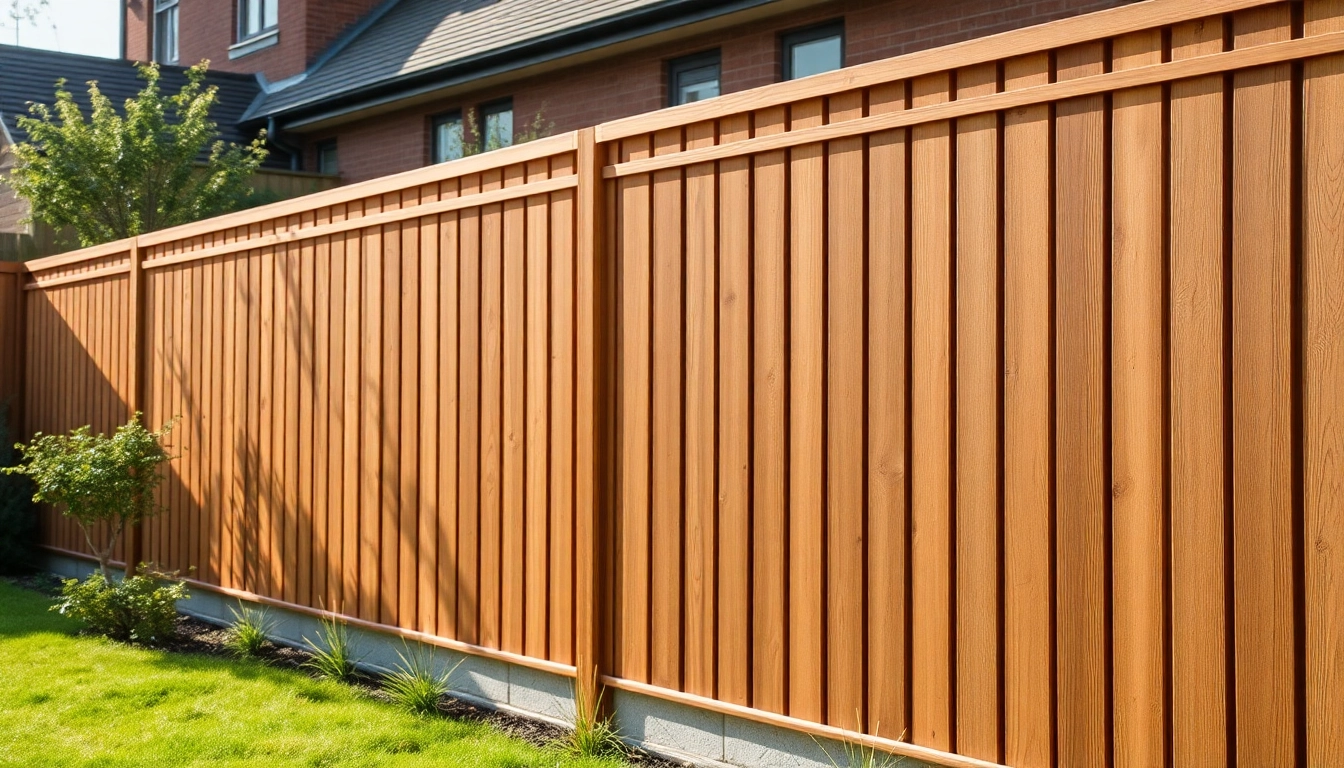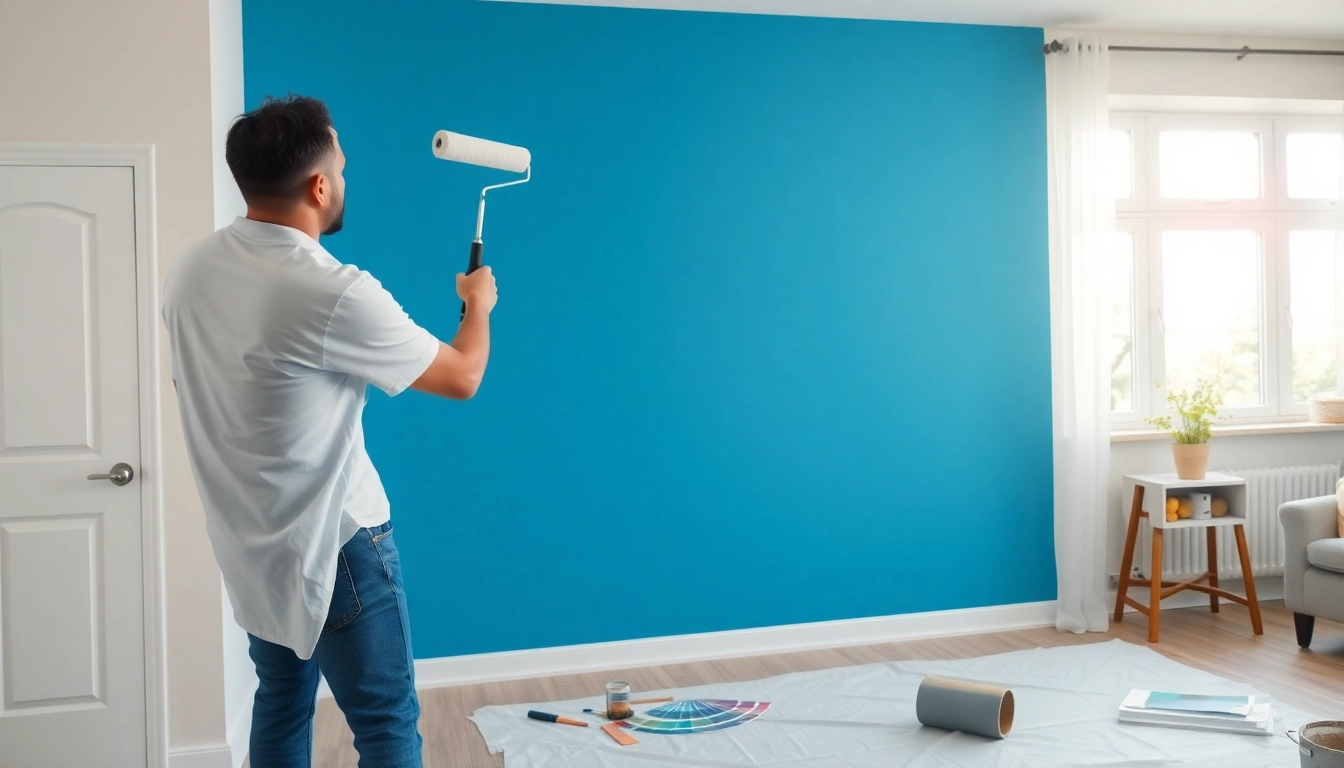Understanding TV Mounting Installation Services
What is TV Mounting Installation Service?
TV mounting installation service is a professional service designed to securely install televisions onto walls, offering a more organized and spacious look to living spaces. These services typically involve expert technicians who assess the specific requirements of the installation, ensuring the TV is appropriately mounted at an ideal height and location. Using specialized tools and equipment, these professionals can handle complex installations that involve fixed, tilting, or full-motion mounts, accommodating various screen sizes and room layouts. The service often includes additional features such as cable management and ensuring that the TV is level and stable.
Benefits of Professional Installation
Opting for a professional TV mounting installation service comes with numerous advantages:
- Expertise and Experience: Professionals possess the skills and experience to ensure your TV is mounted correctly, minimizing the risk of damage to your walls or the TV itself.
- Time Efficiency: Professionals can complete the job more quickly than the average homeowner, who may lack the necessary tools and experience.
- Safety: Heavy TVs pose safety risks if not mounted properly. Professionals understand how to secure mounts effectively.
- Proper Equipment: Technicians come equipped with all necessary tools and materials, ensuring a seamless installation process.
- Warranty and Support: Many service providers offer warranties on their work, providing peace of mind regarding quality and longevity.
Types of TV Mounts Explained
Choosing the right type of mount is crucial for both aesthetics and functionality. The three primary types of TV mounts include:
- Fixed Mounts: These mounts hold the TV flat against the wall. They are ideal for rooms where the TV viewers will sit at a specific distance and angle since they do not allow for adjustments once installed.
- Tilting Mounts: Offering flexibility to adjust the angle of the television, these mounts allow for a better viewing experience, especially in rooms with high seating or glare issues.
- Full-Motion Mounts: Also known as articulating mounts, these can be moved in multiple directions. They are perfect for corner installations or when the viewing angle changes frequently due to layout.
Choosing the Right Service Provider
Key Factors to Consider
When selecting a provider for TV mounting installation, consider factors such as:
- Experience: Look for companies with a solid track record and relevant experience in TV mount installations.
- Certifications: Verify if technicians are certified and adhere to safety standards in installation practices.
- Categories of Services: Check if the provider offers comprehensive services, including wall assessments, cable management, and post-installation support.
- Insurance: Ensure the service providers have liability insurance to cover any potential damage during the installation process.
Comparing Quotes and Services
Before making a final decision, obtain quotes from multiple service providers. Compare them not just on price but also on the details of the service offered. Be aware that the cheapest option may not provide the best value when considering expertise and warranty coverage. Check for:
- Inclusions: Ensure that the quote covers all aspects of installation, such as wall assessments, necessary hardware, and cable management.
- Timeframes: Understand the estimated time for installation to arrange your schedule accordingly.
- Follow-up services: A reputable provider should offer support or maintenance post-installation.
Reading Reviews and Testimonials
Customer feedback is invaluable when evaluating potential service providers. Look for reviews across multiple platforms, such as Google, Yelp, and the provider’s website. Pay attention to:
- Overall Ratings: Higher ratings often reflect better service quality and customer satisfaction.
- Specific Experiences: Look for comments about installation quality, punctuality, and customer support.
- Response to Complaints: A company’s response to negative feedback can reveal a lot about their customer service approach.
Preparing for Your TV Mounting Installation
Assessing Wall Types and Location
One of the first steps in preparing for a TV mounting installation is assessing the type of wall where the TV will be placed. Different wall types, such as drywall, concrete, or plaster, may require various installation techniques and materials:
- Drywall: Most common in homes, it typically requires anchors or studs for secure installation.
- Concrete Walls: These are sturdier but require specific tools and fittings.
- Brick Walls: Like concrete, brick requires specialized anchors for secure mounting.
Measuring Your TV for Optimal Placement
To ensure a comfortable viewing experience, it’s crucial to measure both the television and the ideal mounting height. Recommendations suggest the center of the TV screen should be at eye level when seated. Consider factors like:
- Seat Height: Measure from the floor to the seats where viewers will be positioned.
- TV Size: Larger TVs generally need to be mounted higher, while smaller ones can be lower.
- Viewing Distance: Maintaining an appropriate distance (1.5 to 2.5 times the diagonal size of the TV) enhances viewing quality.
Gathering Necessary Materials and Tools
Before the installation, ensure you have all necessary tools and materials. If hiring professionals, they will likely provide their own, but if you’re tackling the installation, consider gathering:
- Stud finder
- Level
- Drill and drill bits
- Screwdrivers
- Measuring tape
- TV mount kit
- Cable management supplies, if desired
The TV Mounting Installation Process
Step-by-Step Guide to Installation
For those considering a DIY approach, here’s a simplified step-by-step process for mounting your TV:
- Wall Preparation: Identify the mount location, checking for studs or solid backing for secure installation.
- Mark and Drill: Mark your drill holes based on the mount’s template, then drill into the wall.
- Install the Mount: Attach the bracket to the wall, ensuring it’s level and secure.
- Attach TV to Mount: Safely lift and hang the TV on the wall-mounted bracket, following the manufacturer’s instructions.
- Cable Management: Organize and hide any visible cables using cable ties, covers, or a cable management system.
Common Pitfalls to Avoid
While DIY can be rewarding, it’s important to be aware of common mistakes that can compromise the installation:
- Neglecting Stud Locations: Always ensure that the mount is secured to studs or reinforced structures.
- Incorrect Mounting Height: Aim for eye level to avoid discomfort during viewing.
- Inadequate Cable Management: Address cable clutter during installation to maintain a clean aesthetic.
Ensuring Safety and Stability
Safety should be a top priority. Ensure that:
- All screws and bolts are tight and secure.
- The TV is firmly seated on the mount and does not wobble.
- Never overrate the mount’s weight capacity, as TVs can be significantly heavier than their size suggests.
Post-Installation Tips and Support
Testing Your Mounted TV
After installation, conduct a thorough test to ensure everything is functioning correctly:
- Check all connections: Ensure power and HDMI cables are securely connected.
- Test the remote control: Ensure there are no obstructions that might hinder remote signals.
Maintenance Tips for Your Installation
To extend the life of your installation:
- Periodic Checks: Regularly inspect the mount and screws to ensure ongoing stability.
- Dust Regularly: Avoid dust accumulation, which can clog ventilation ports on the TV.
When to Seek Further Assistance
If during testing or usage you experience issues, such as a loose mount or a damaged TV, it’s wise to seek professional assistance. Ongoing support from a qualified technician can help resolve complex issues that might arise.



